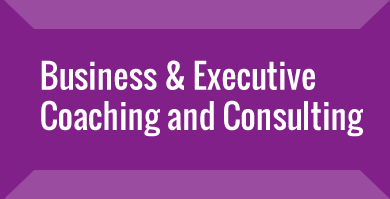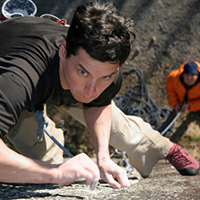Each day, intelligent leaders make mistakes, with devastating consequences.
Our daily decisions are generally small and inconsequential. Others are incredibly important, affecting people's lives and well-being.
Authors Sydney Finkelstein, Jo Whitehead and Andrew Campbell have studied how smart leaders make catastrophic decisions. In a book, Think Again: Why Good Leaders Make Bad Decisions and How to Keep It From Happening to You (Harvard Business School Press, 2008), these experts show how the brain's thinking processes can distort judgment.
Flaws of Decision-making
In studies of more than 83 flawed business and political decisions, the authors identify two major factors at play:
1. An individual or a group has made an error of judgment.
2. A decision process fails to correct the error.
Normally, when an influential person makes an error of judgment, the decision process will bring the error to light. Other people with different views will challenge the flawed thinking. The facts will be exposed and erroneous views corrected.
'Old School' Decision Processes
Complex decisions always involve personal interpretations and judgment.
That’s what makes them difficult to get right. You need debate and consensus—but even with both, two important questions arise:
1. How do you know when you or those debating your premise are coming from a biased position?
2. How do you know when your consensus is nothing more than group think?
'Old School' Decision Making
Traditional decision-making processes are supposed to follow several logical steps:
1. Lay out the problem
2. Define the objectives.
3. Generate options.
4. Evaluate each option against the objectives and other relevant criteria.
5. Choose the option with the best outcome.
6. Monitor progress and change course, if necessary.
Many people work under the illusion that if these steps are followed, little can go wrong. But these steps do not take into account what goes on in people’s brains when they weigh options and make judgments.
Next week I will look the Brain Science of Decision making.
Reference: Coach2Coach newsletter, May 27, 2009



























